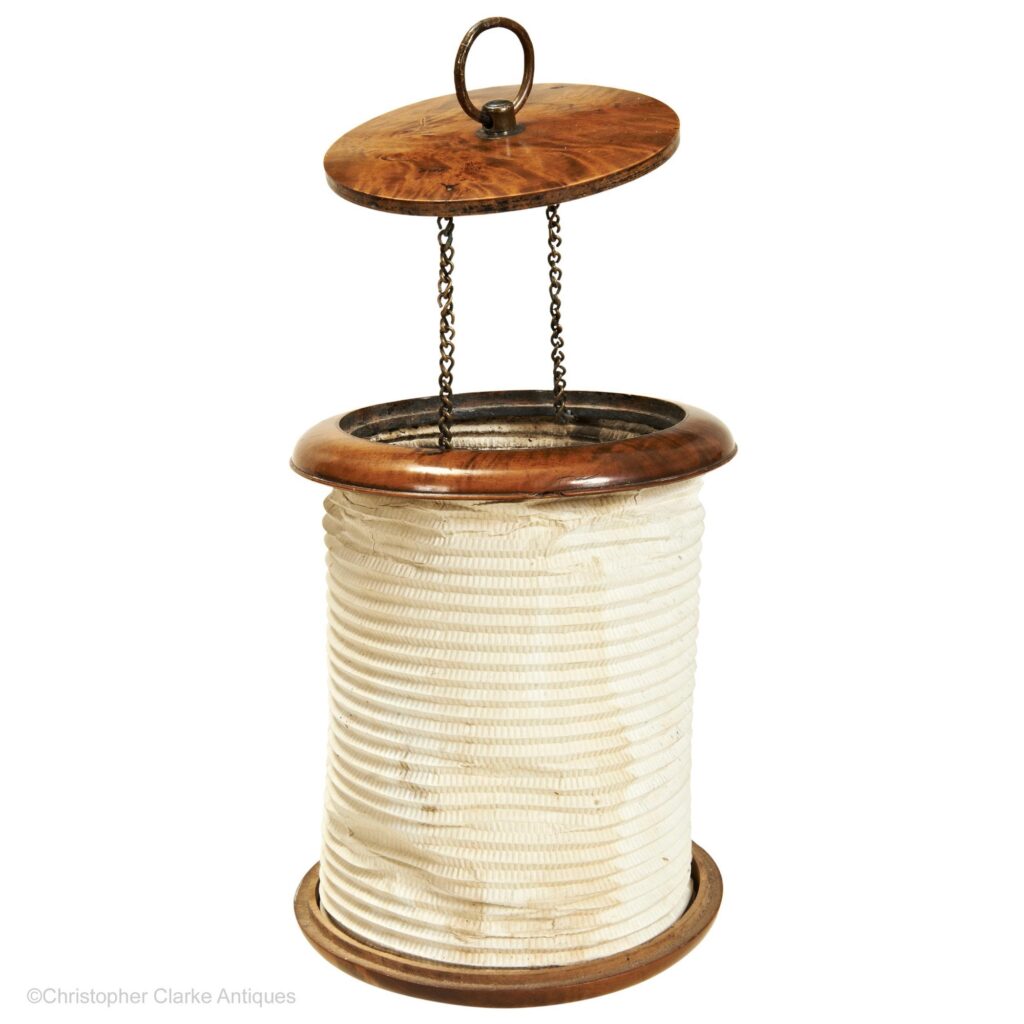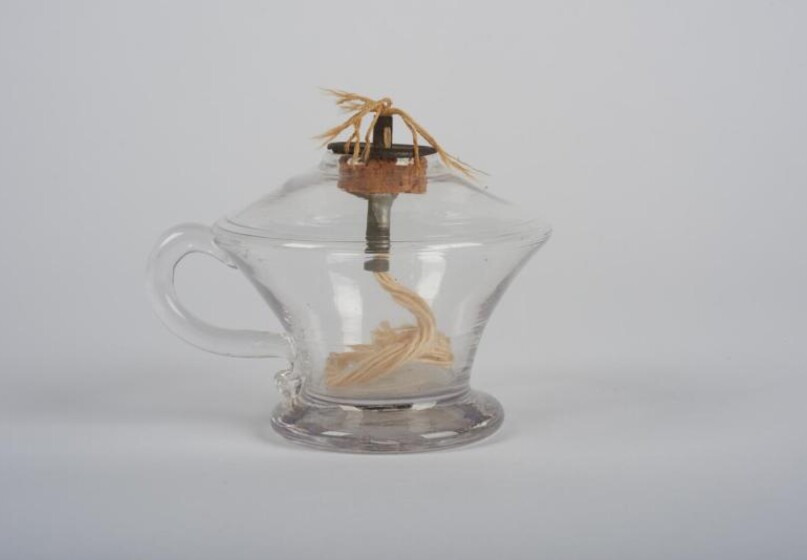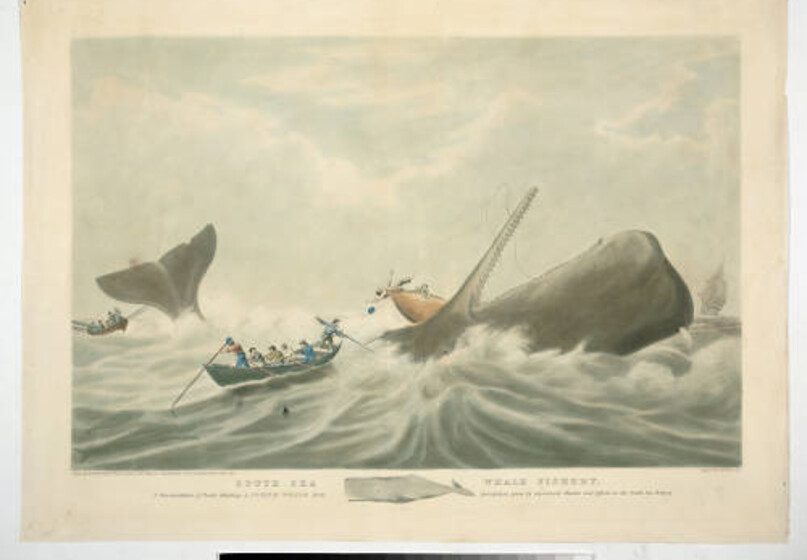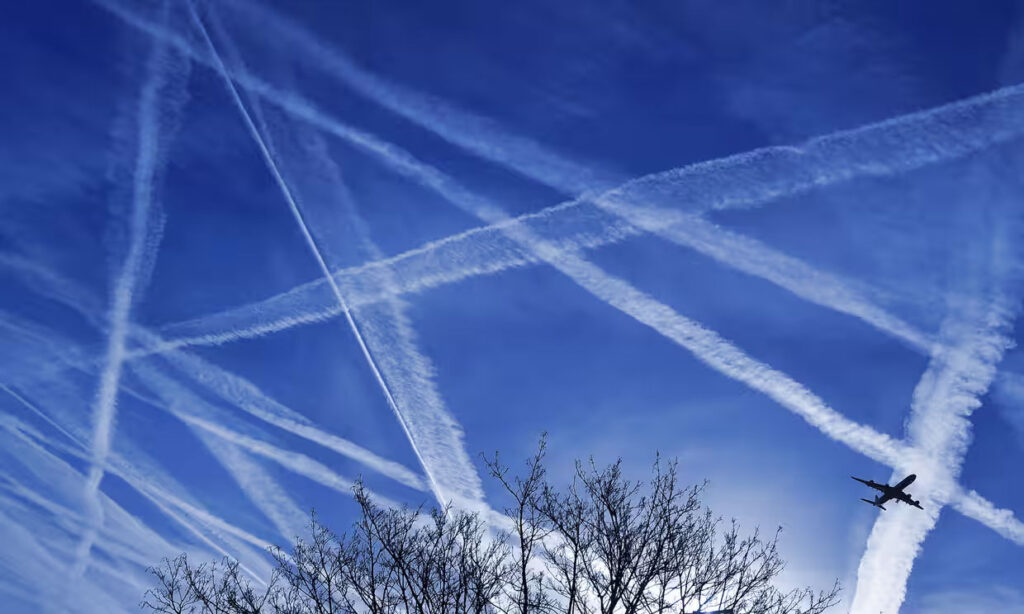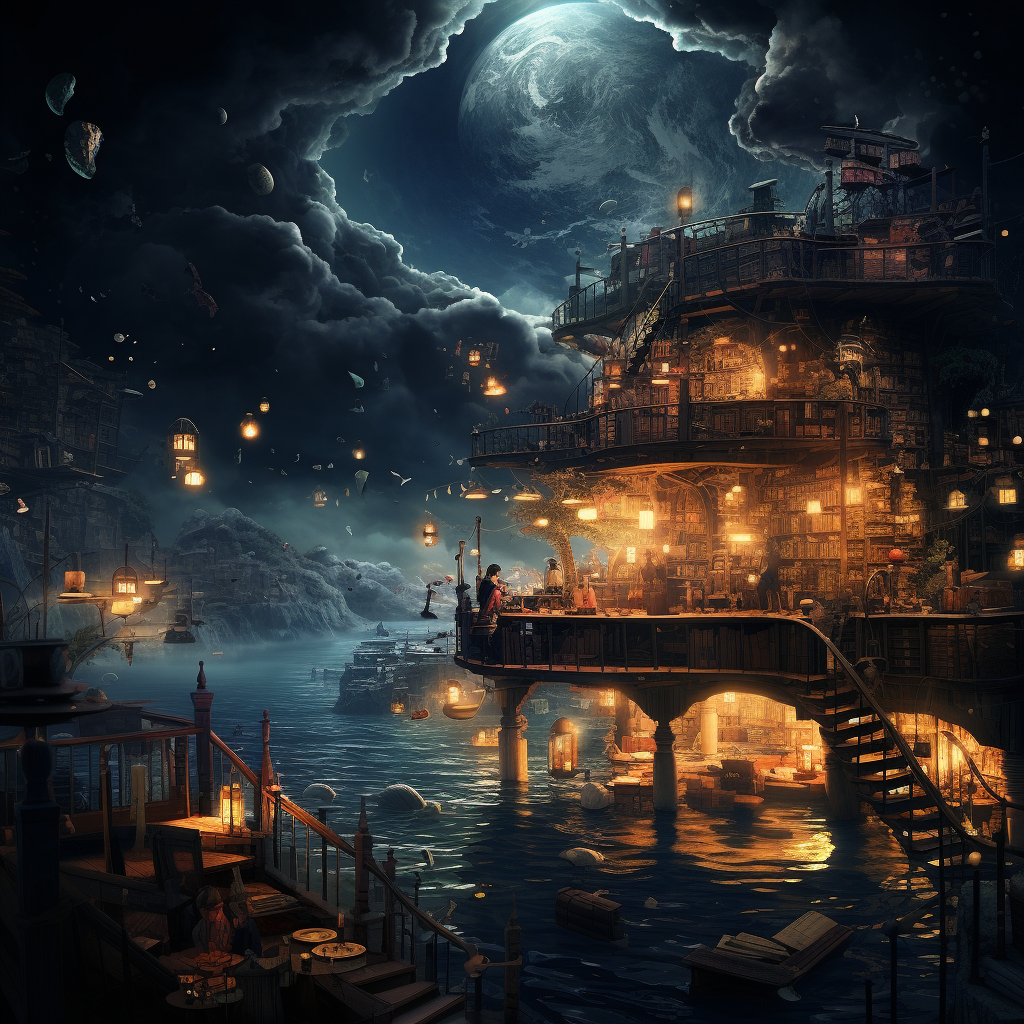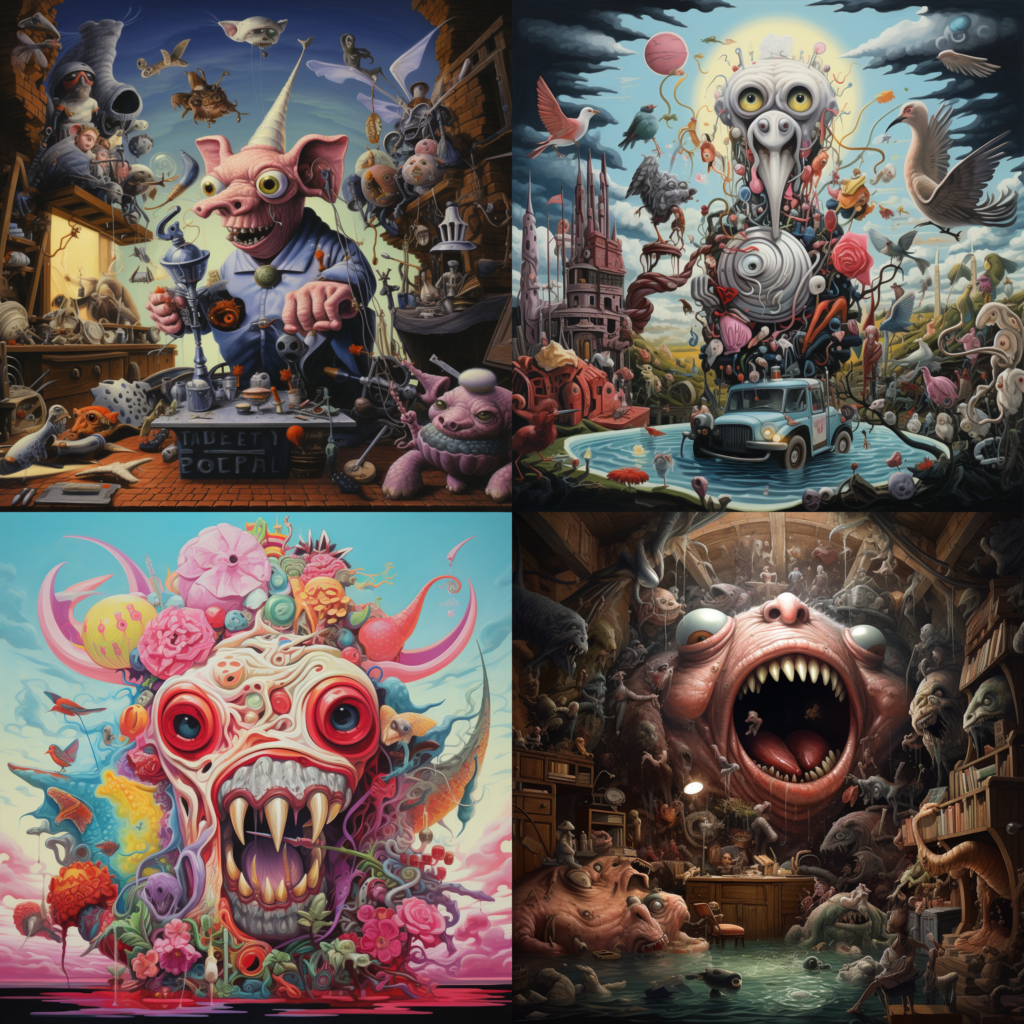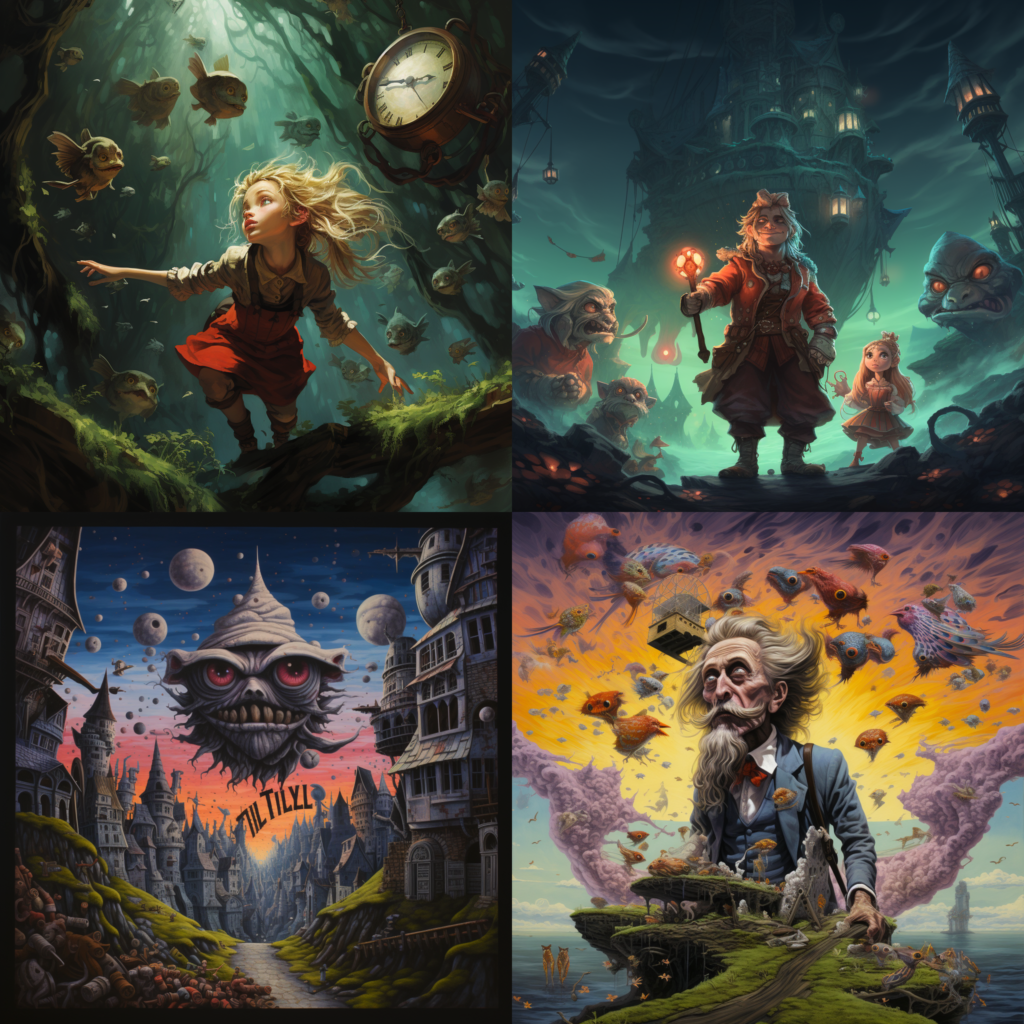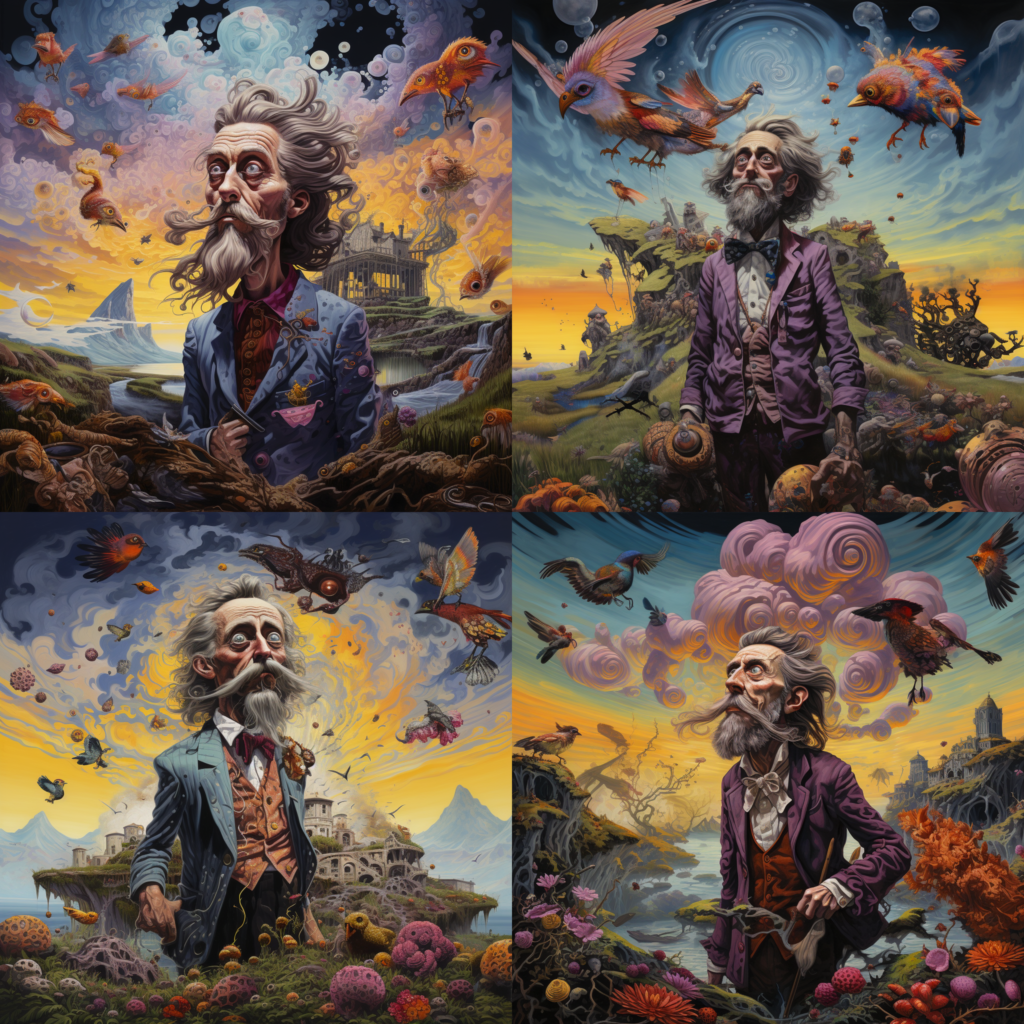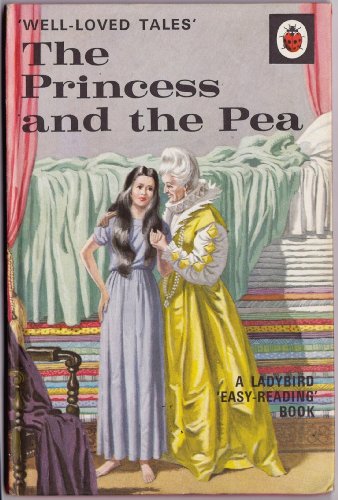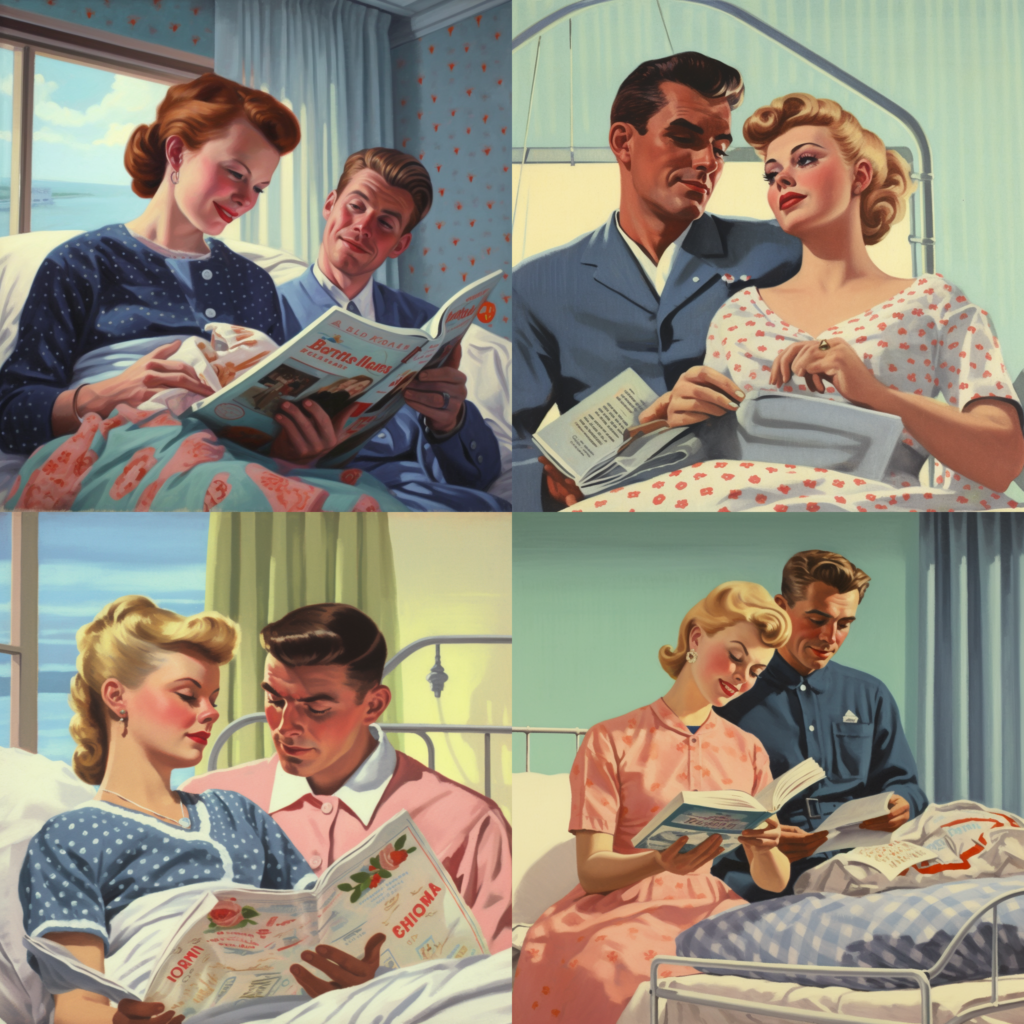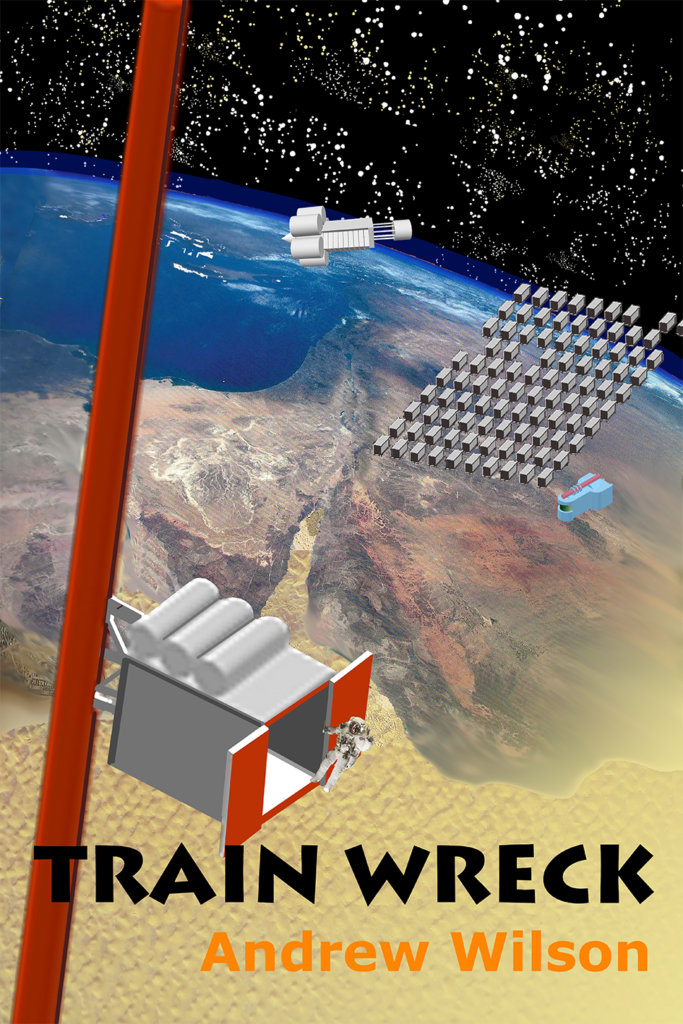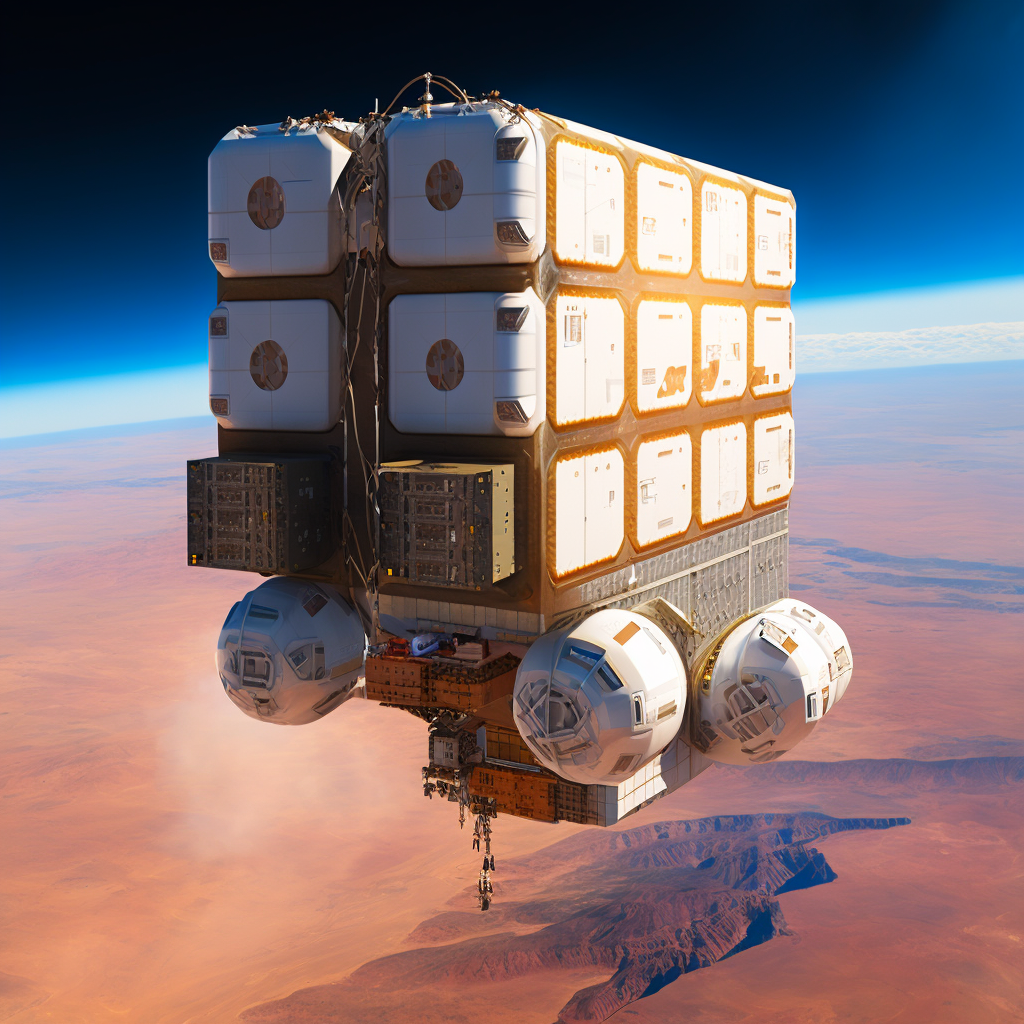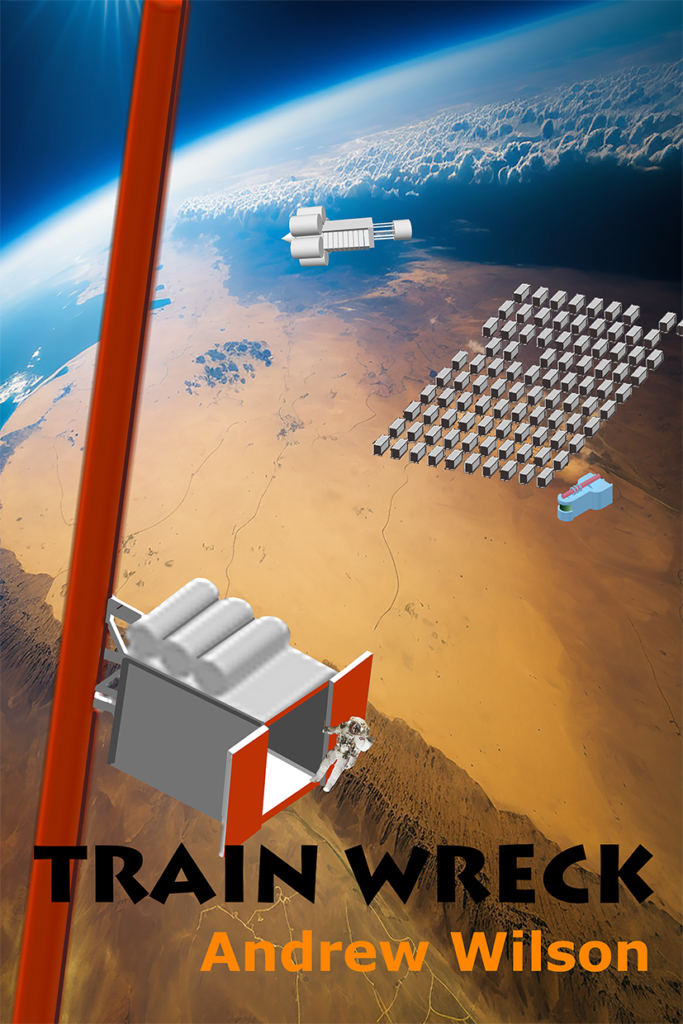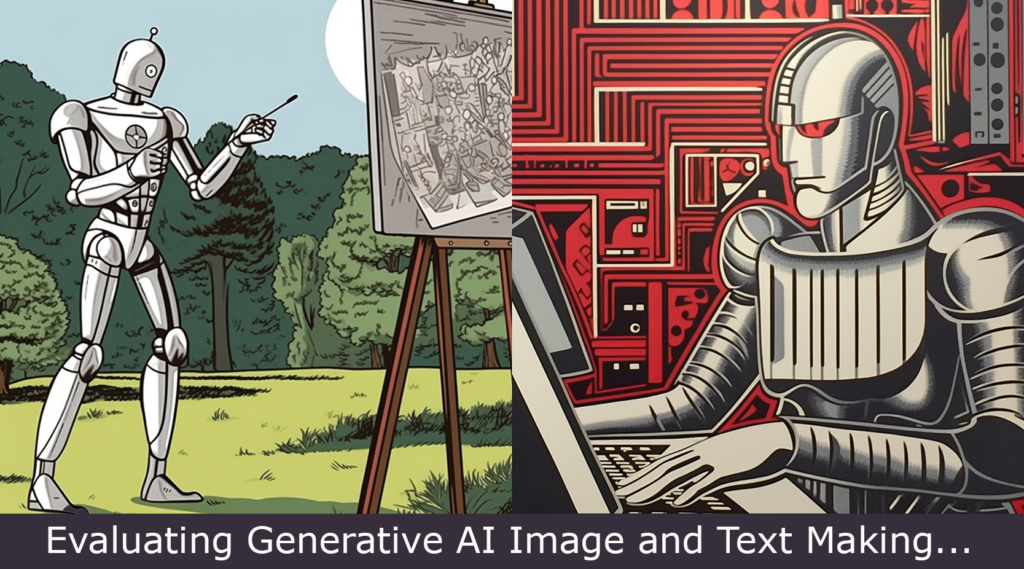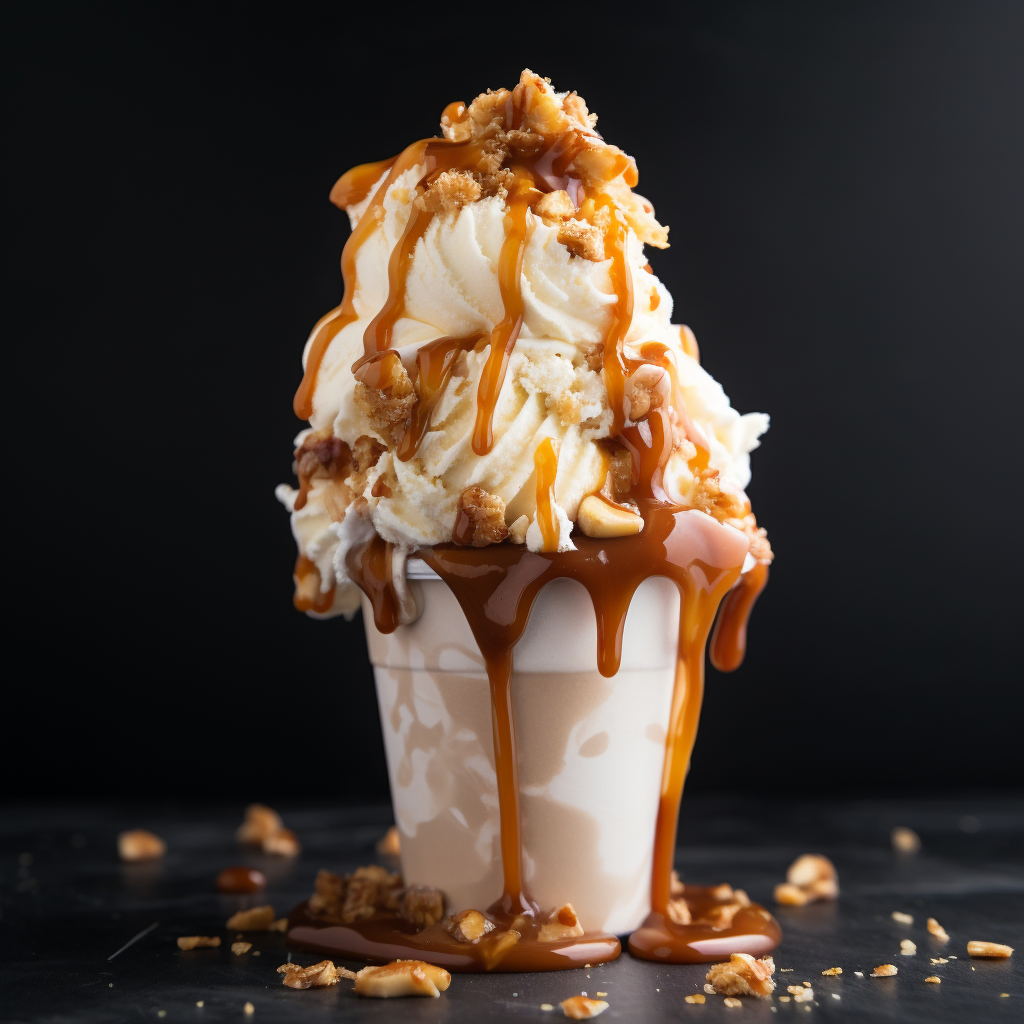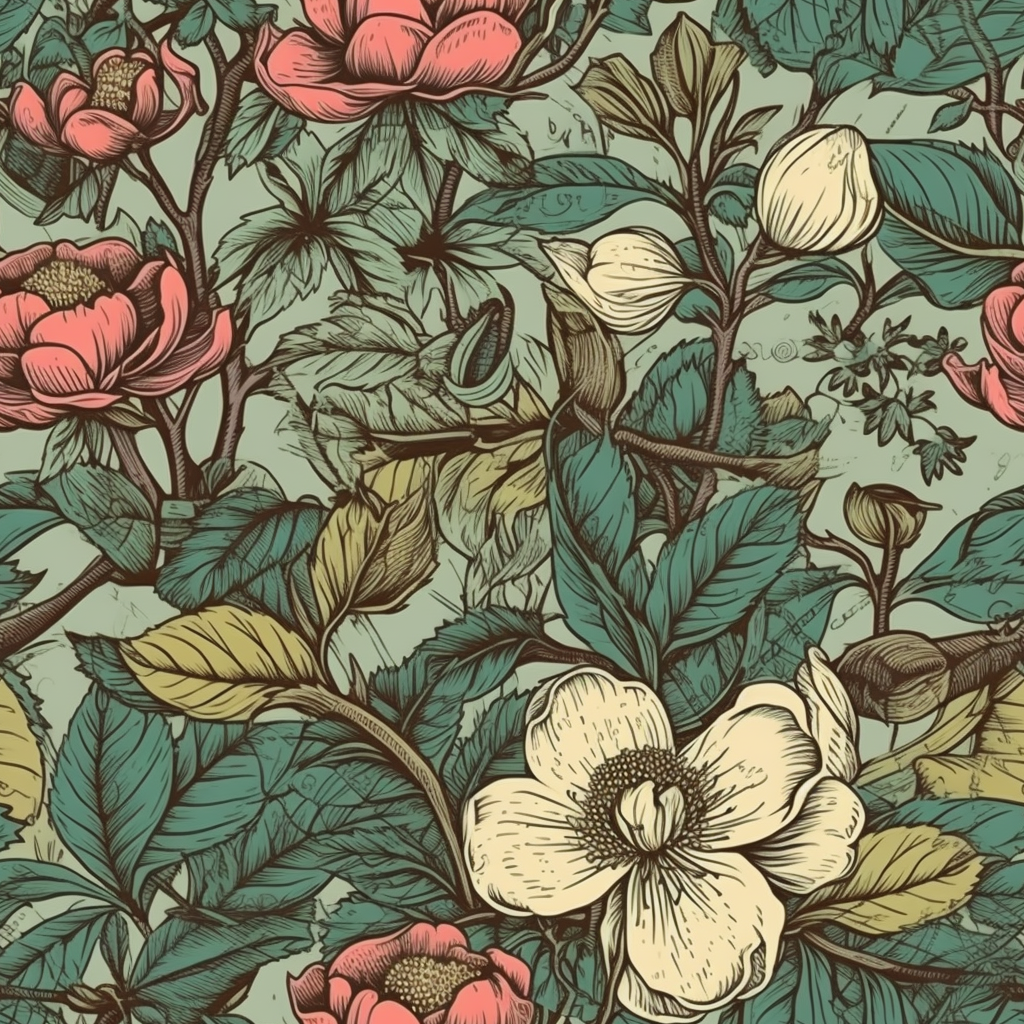I confess I am not a great fan of autobiographies that begin at the beginning and follow a temporal path up to the present day – not that the person might not have some interesting stories, facts and opinions strung on their necklace. It just doesn’t appeal as a structure. On the other hand, in my last, extra year at school in Oxford, retaking an A-level and adding a couple more, I was allowed out of school on my recognisance and saw a fascinating Exhibition at the Modern Art Gallery. The Artist had laid out and photographed every single possession of a single person – for example, all the cutlery was laid out in one shot, all the shoes in another. This more thematic approach appeals more and although I am not arranging the objects which I have chosen to tell my story in chronological order, I hope that my writing will be sufficiently interesting to keep your interest Dear Reader, and that on the journey from A to Z, you will assemble an impression of my life and who I am…
Dad

In the ever-ongoing debate over Nature v. Nurture, at least with Nature we can now examine DNA to see what assortment of benefits and disbenefits we have inherited from our parents – trying to assess what our legacy is from parental Nurture is more difficult, often abstract and can take years to become apparent either to ourselves or to others but if there is a single physical artefact that points to what I received from my father, it could well be this scale ruler.
My dad was a lecturer in Mechanical Engineering at the University of Oxford, what some people would call “an Academic” but as he was wont to point out – to most of the world, the word “academic” means irrelevant and he tried always to be relevant. Eschewing the flashy temptations of much new technology, my father, Stuart Swinford Wilson, moved increasingly towards Intermediate or Appropriate Technology which is based on the idea that if you give a tractor to a village in the developing world, you may put half the village out of work but if you give them an improved spade, say, the village will flourish. Of course a spade is hard to improve on, though when I lived in Ireland for ten years, I learned that the long-handled, lozenge-shaped shovel in use there, is far superior to the short-handled, square shovel used in England. Further back in time, Brunel, on being asked to introduce his railways to France, discovered that labourers still used wooden shovels which were so hard to use that Brunel promptly brought in his army os Irish “navvies” to show them how it should be d0ne…
Back to the Scale Ruler – although the 1:1 scale on it is in millimetres, all the other scales – 1:100, 1:20, 1:200 etc. are used by Designers, Architects and Map-makers to measure things on drawings at different scales. Influenced by my father’s work, I took the option of Technical Drawing at school and once I attained sufficient skill, my father invited me to produce illustrations for his various projects and in doing so, switched on my designer “gene” (not to be confused with “designer jeans”!).

My father’s first contribution to design, and arguably the most far-reaching, was to design the first commercially produced GRP (fibreglass) sailing dinghy. A keen member of the Oxford Univesity Yaught Club, their sailing venue was the oxbow snaking, large tree-banked Thames at Port Meadow where shallows on the inside of every bend and flukey winds due to the trees, made for challenging sailing and though it produced good sailors who could turn on a sixpence at close quarters, it was hard on the Firefly dinghies which disintegrated after a few years punishment. Reading about the new material, GRP, my father, working with Bossoms boatbuilders, designed the Alpha sailing dinghy setting the precedent for the way most subsequent GRP boats would be made with a moulded top and bottom joined together to seal in the flotation. There were no departments to assist University staff to develop, patent and profit from their inventions back in those days, so others took the Alpha forward, learning from the experience to produce the more widely known Bosun, which I believe served as a sailing trainer in the Royal Navy amongst others.
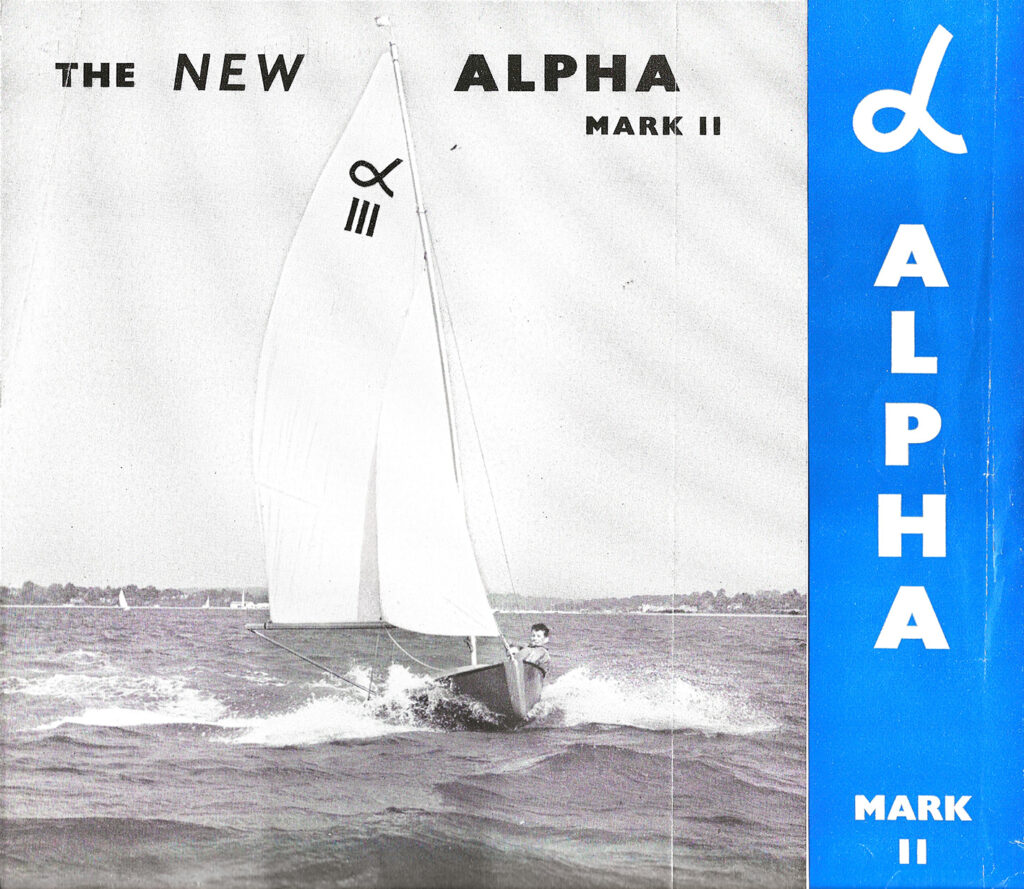
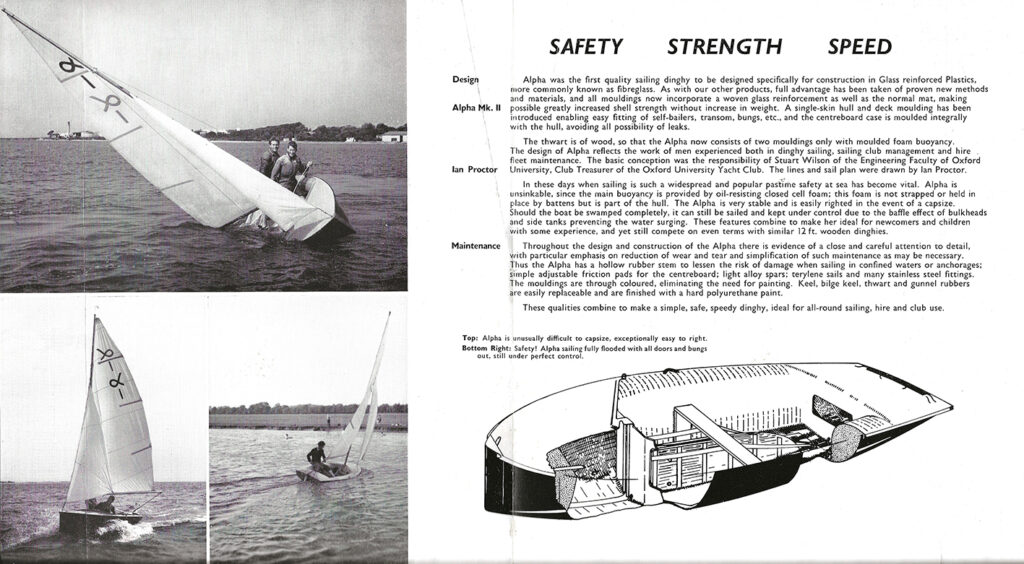

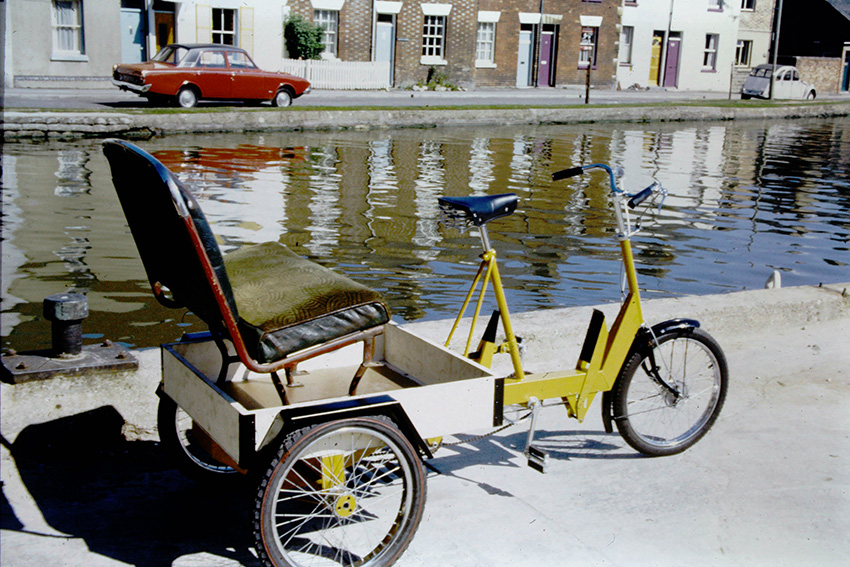
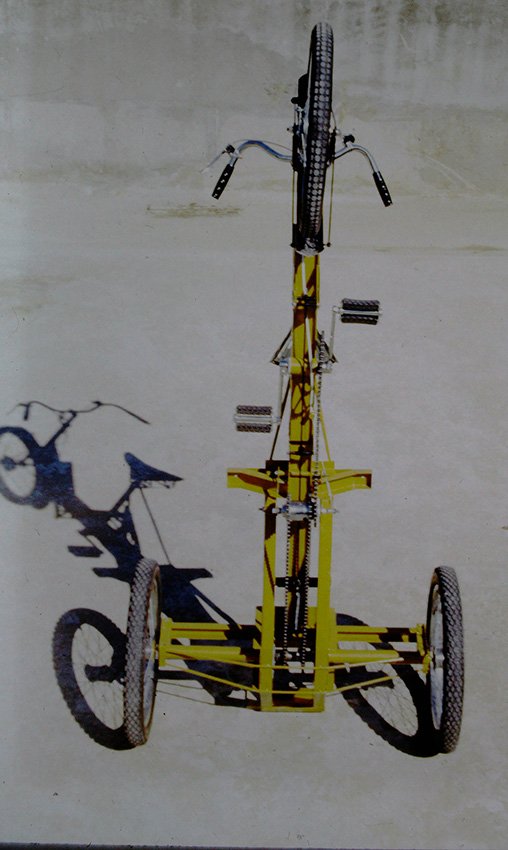
So as my father moved towards a more ethical view of design, he and I would talk, often whilst sharing the washing and drying-up and from these talks, my own humanist philosophy grew into being as well as a critical view of the direction of travel of the modern world – see here for a critique of the cult of the car and our approach to the electric vehicle “Time to Divorce the Car”. One thing that happened that my father didn’t know the impact of, followed his being invited to write an article on Bicycle Technology for Scientific American. A chance introduction at his college – St. Cross, where he was a founder member, led to the invitation and it’s fair to say that my father was unaware of the prestigious nature of this publication. In those pre-internet days, the publishers sent a box (1500) reprints of the article, to the author and directed all enquiries to them to deal with – none of the immediacy of commenting that we now enjoy, and one person in particular, had a strong reaction to the article that never reached my father. A few years ago, watching the film “Steve Jobs” – there was a scene where Jobs was talking to the Apple Chairman about an article he had just read about bicycles. My ears pricked up!. In the article, my father included a graph by Vance A. Tucker of Duke University in which he ranked the energy efficiency among man and other animals of their travelling, per gram, per kilometer. It showed that the energy consumption of a man on a bicycle was one fifth that of an unaided man walking – all of which led Steve Jobs to formulate what would become one of his favourite sayings – as he explained to his Chairman “The computer is like a bicycle for the mind!”
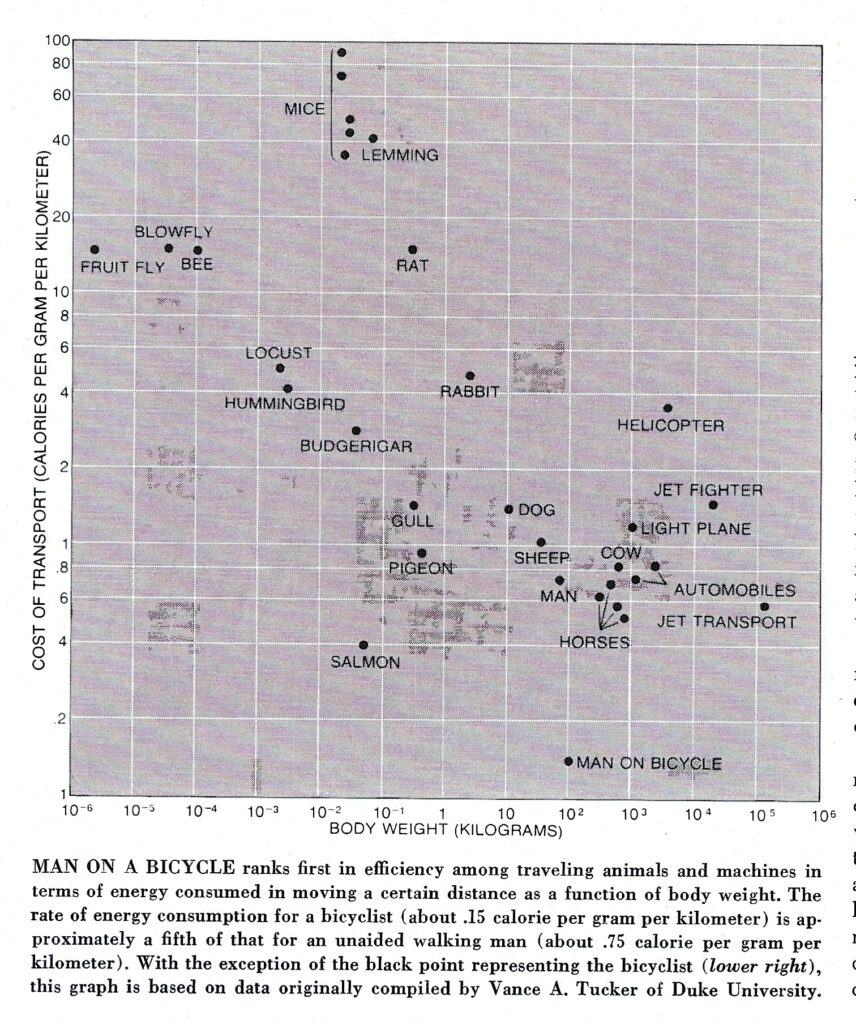
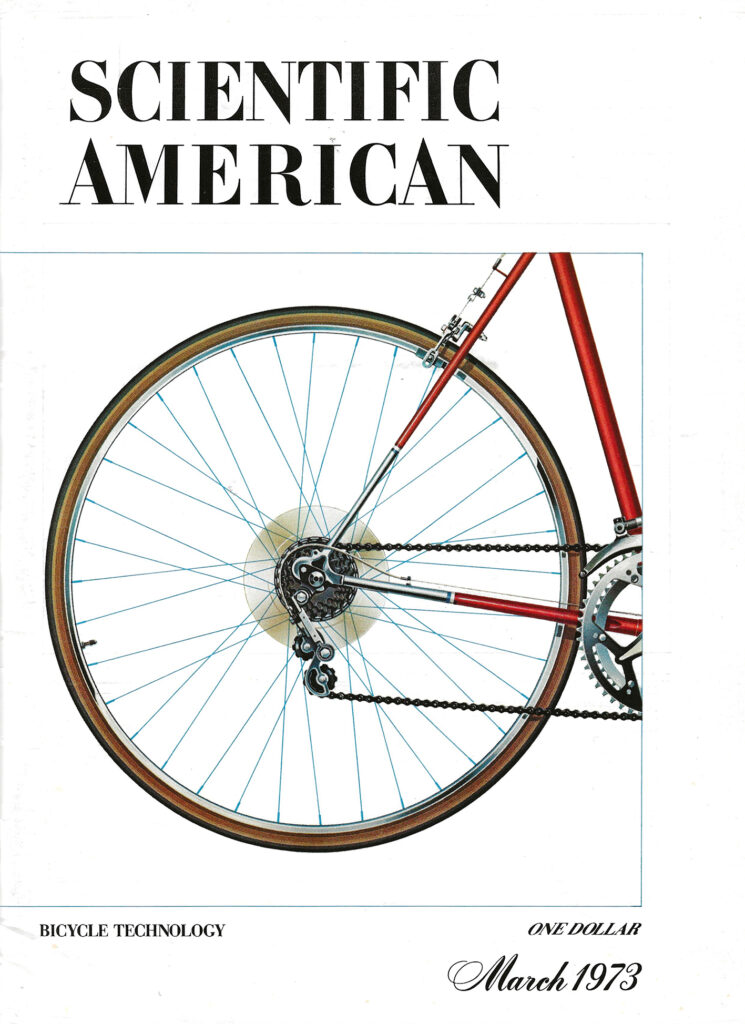
There is much that I could say about my father, but there is one thing that reflects on the more personal aspect of him and of his relationship with my mother – she never really liked his beard although when you see how prominent it was when they met (below left) – it was obviously not sufficient obstacle to their engagement, however, she pressed him to gradually whittle it down and on the way back from Australia after an absence from oxford and friends, of some eight months, she finally triumphed and the beard was gone…
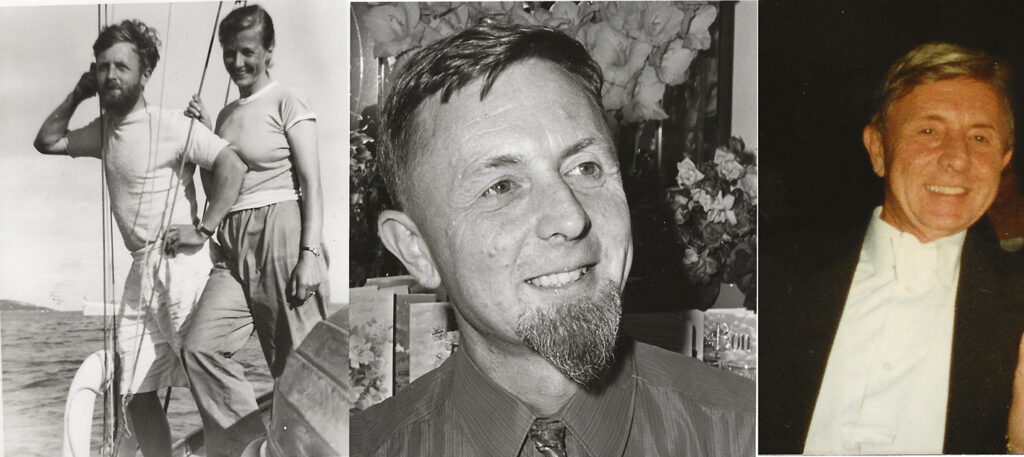
Draughtsman/Designer
My technical drawing skills came in handy once I finally found my way into Signwriting which I practised for some 17 years. Computer-cut signs were in their ascendancy but I was strictly a hand-painted signwriter and this involves a lot of drawing out on paper before transferring the design to the sign board, but more of that under “S”. Then in 1999, I had a car crash and broke my hip and thereafter I couldn’t work up a ladder as I had been doing. I painted a few large scale murals using a scissor-lift platform but a change of direction was necessary. An architect friend who lectured at Sligo Institute of Technology, got me taken on as a part-time lecturer in Modelmaking on the Interior Design School. This course came under the auspices of the Engineering Department and so I found myself following in my father’s footsteps… Whilst there, I first learned and then immediately taught (as teachers do), AutoCAD – Computer Aided Design a programme used to design anything from the intricacies of a Silicon Chip to the layout of an entire city but mostly engineering and architectural drawings. Teaching an evening class, one of the students, realising the task would be too great for him, asked me to design and get planning for a house he wanted to build. Since there is no qualification needed to do such a thing – I agreed and completed the task. He and his wife decided not to move after all and sold the design and land on to someone who did build the house, albeit having butchered the design somewhat (a common fate of architect-designed houses). The house was not completed until after I left Ireland to return to England to be nearer our growing grandchildren, but on a subsequent visit, I caught the house having its final interior decorating being done…
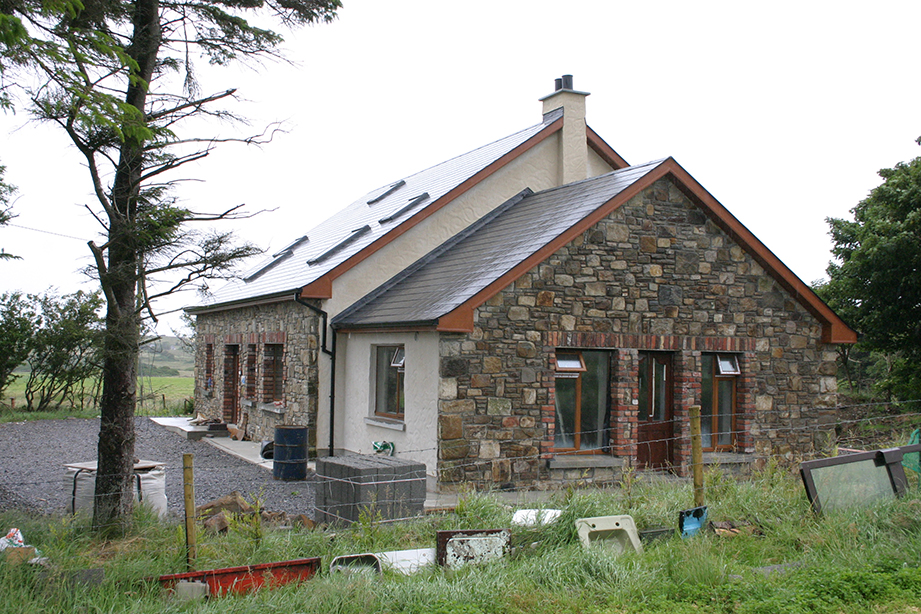
On returning to England in 2007, I had AutoCAD as another string to my bow and did my first professional drafting work at the age of 50! I have worked in an Architectural Metalwork department and as an office junior (albeit the oldest in the firm) in an architectural practice and I use my AutoCAD skills in my current role as a factory manager and also as the designated draughtsman for a mosque which project I have been involved with for the last eight years…
So for most of my career(s) if asked what I do, I have replied “Designer” because that is not only a job I have done in various guises, but I feel it is central to who I am and how I see the world, always looking to see how things work and how to make them work better if possible, and I owe this direction to my father, even though I did not see the road ahead mapped out that way at all, back when I was considering which direction to go in…


